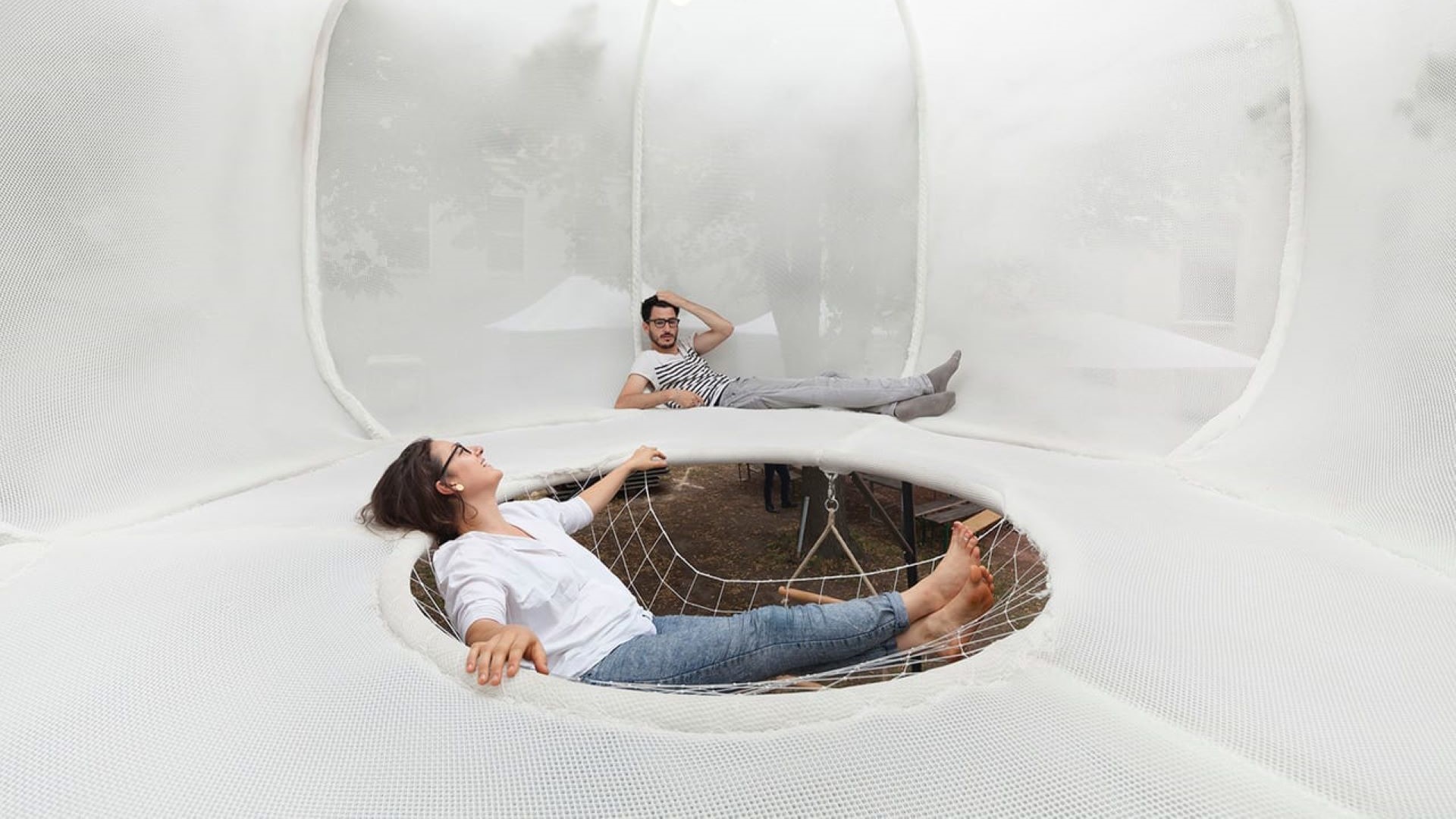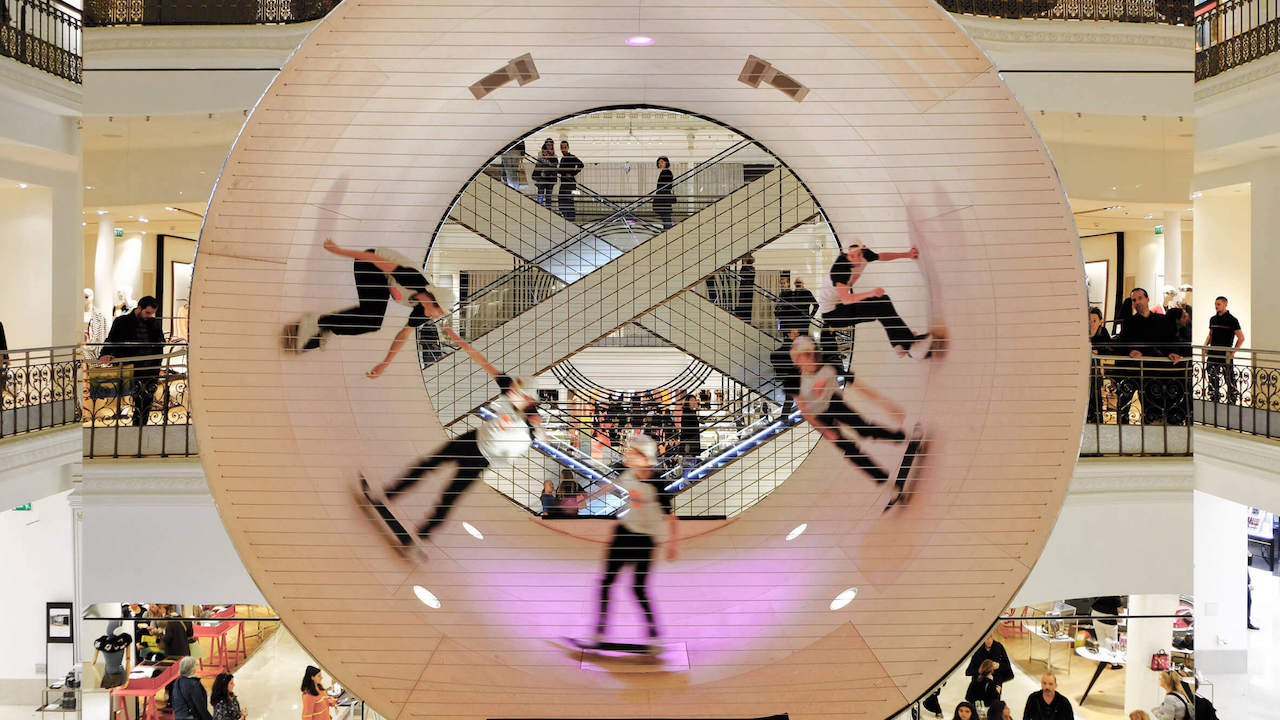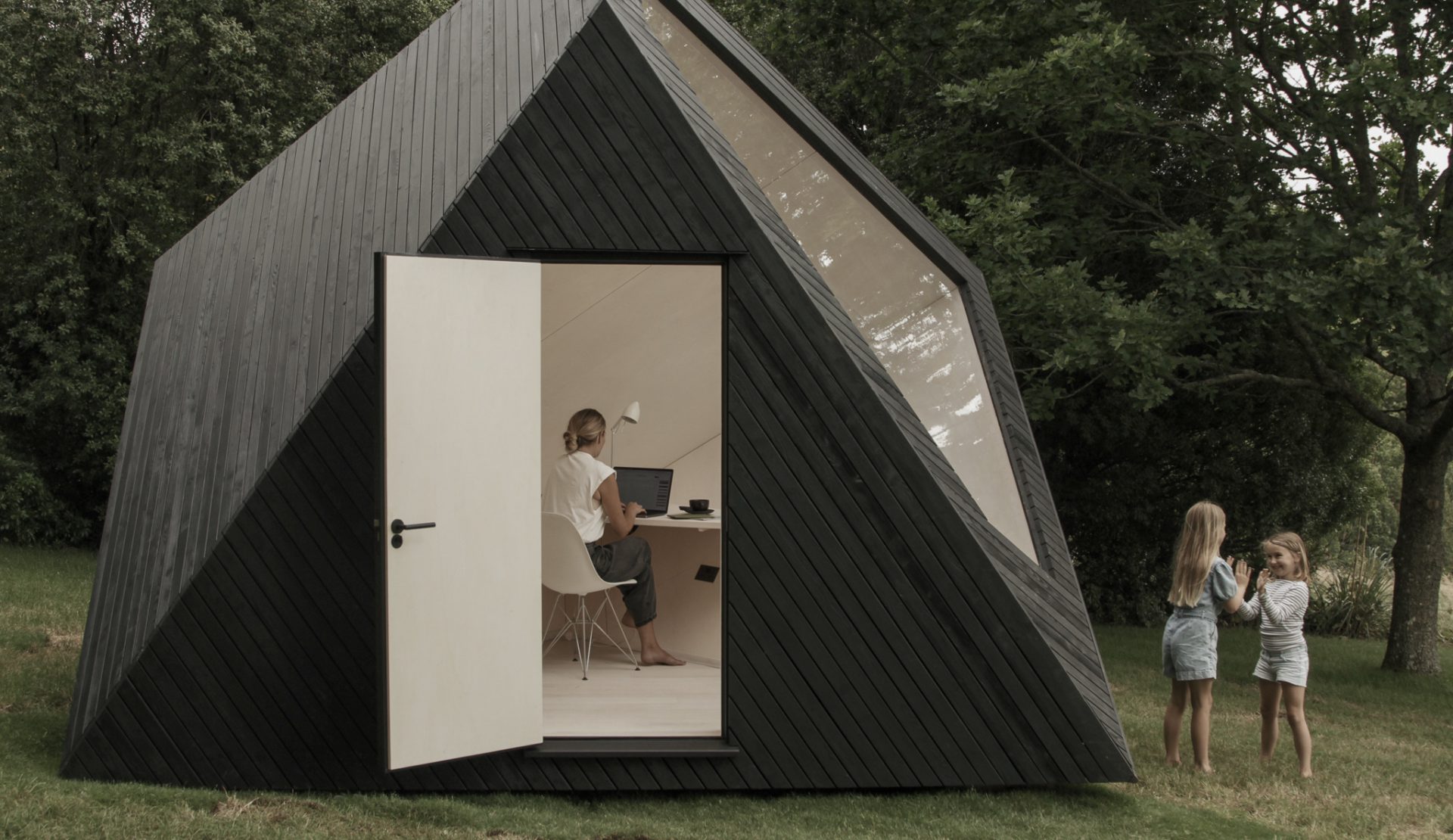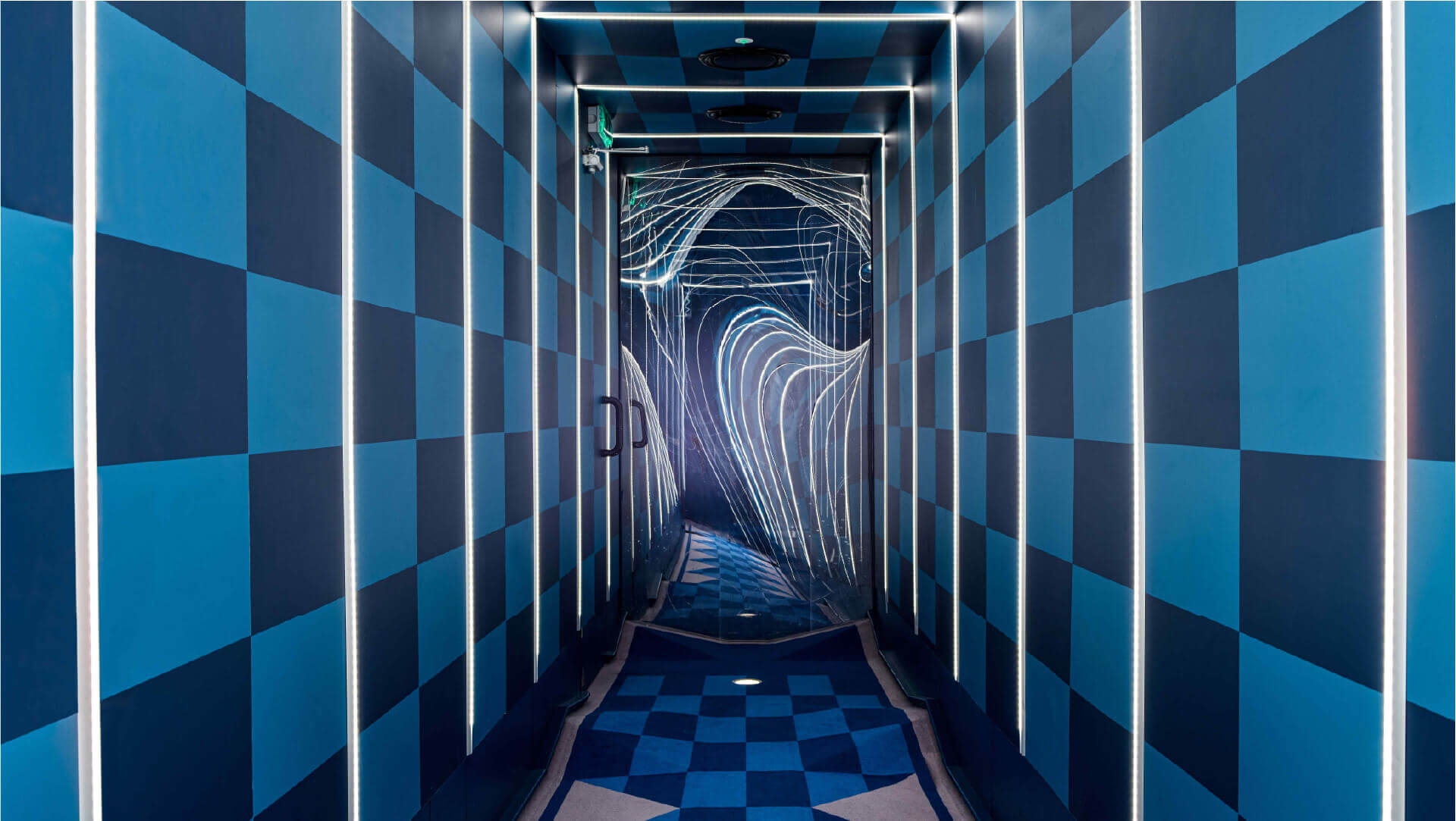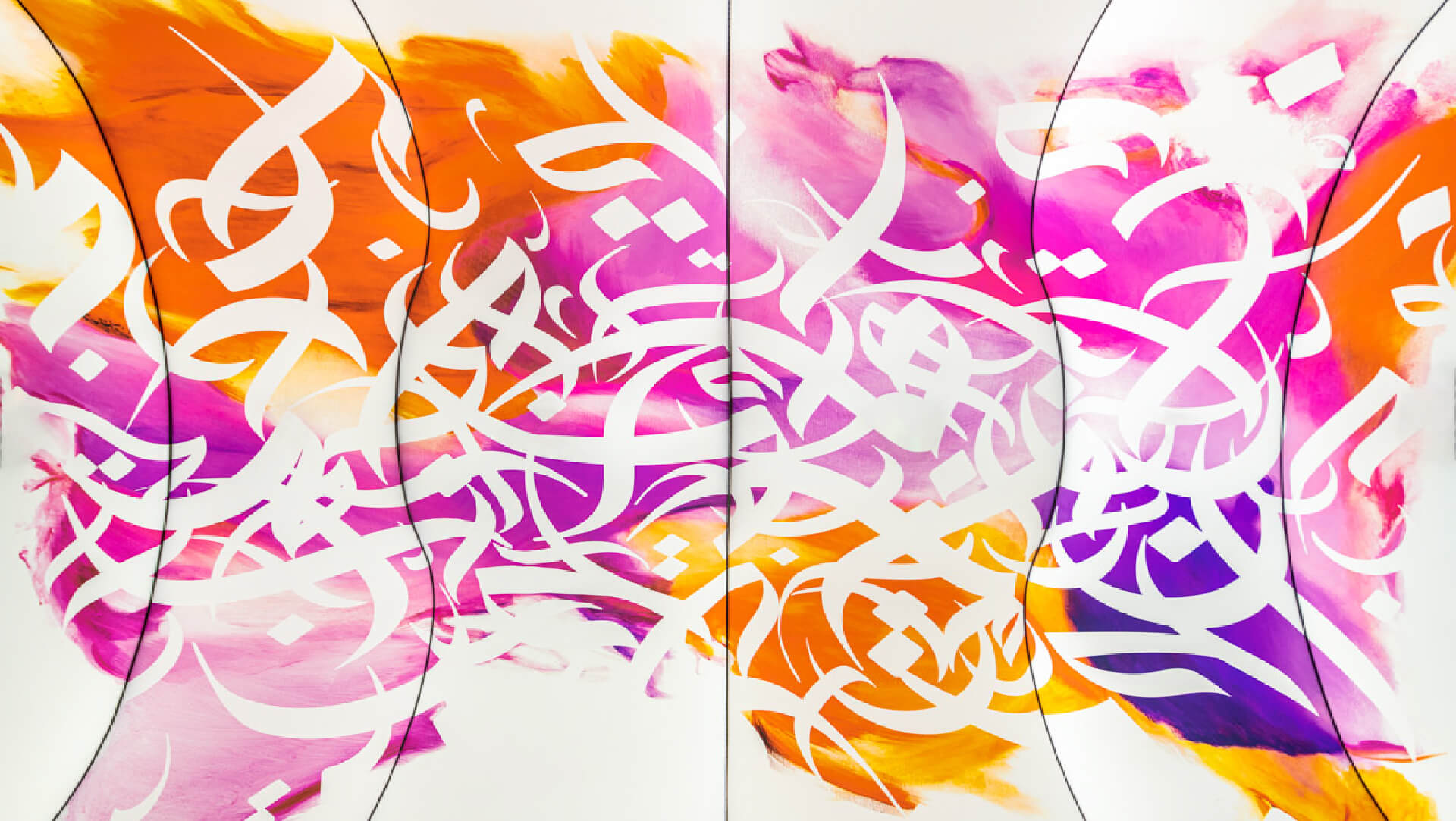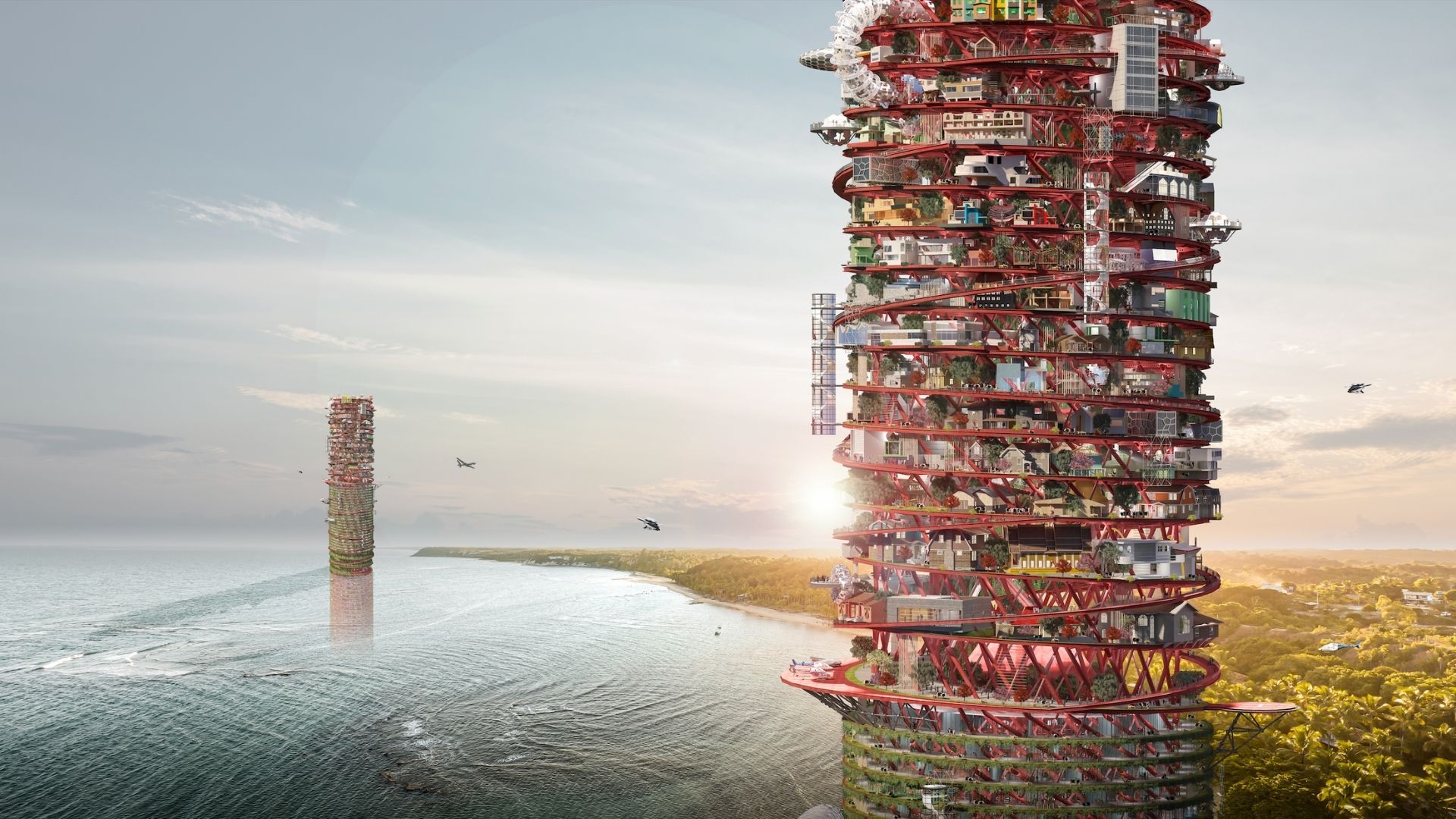Marina Tabassum designs Serpentine Pavilion 2025: A Capsule in Time
Open from June 6 to October 26, 2025, in London’s Kensington Gardens, the pavilion designed by Marina Tabassum is an ephemeral, reconfigurable space that welcomes light, books, and a Ginkgo tree to foster reflection, experience, and community.

Every summer, London’s Serpentine Gallery invites an international architect to transform architecture into a temporary narrative. For the 2025 edition, the commission was awarded to Marina Tabassum, a Dhaka-based architect known for a deeply rooted approach that connects climate, spirituality, and culture. She is the first woman from Southeast Asia to design the Serpentine Pavilion, bringing with her a design sensibility that sees context as a generator of both form and meaning.
The result is A Capsule in Time, a pavilion that doesn’t aim to impress but to welcome. And so, in a fast-paced world, isn’t it precisely architecture that can offer us a space to slow down, observe, and connect?
Gallery
Open full width
Open full width
A modular and reconfigurable project
The pavilion is designed as a system of 31 modular components, prefabricated off-site and assembled directly within Kensington Gardens. These elements can be dismantled, transported, and reassembled in other contexts, making the structure highly adaptable.
Its modular configuration allows the space to be reshaped according to different functional and environmental needs, turning the pavilion into a dynamic and reconfigurable system. This structural flexibility is a core principle of Tabassum’s design philosophy, which treats architecture as a living system in constant dialogue with time and place, not as a fixed object. The pavilion, in this sense, exists like a living body: an organism capable of changing, moving, and being reborn elsewhere.

The tree and the sensory space
At the heart of the pavilion stands a semi-mature Ginkgo tree, selected for its climate resilience and the contribution it brings to biodiversity in Kensington Gardens. Over the course of the installation, its leaves will turn from green to golden yellow, marking the passage of the seasons and underscoring the structure’s temporality.
At the end of the exhibition, the tree will be replanted in the park. This act reinforces the project’s commitment to sustainability and continuity, highlighting that A Capsule in Time is not just a space to visit, but an organism that integrates with the landscape and respects its natural rhythms.

A cultural and collective space
Beyond offering a place for rest and observation, the pavilion was also conceived by Marina Tabassum as a space for the sharing of knowledge. In response to global trends of censorship and fragmentation, the architect has incorporated shelves into the structure, hosting a small curated library. The selected books explore poetry, ecology, literature, and Bengali culture, suggesting a deep connection between architectural space and cultural content.
This curated library opens up the possibility that the pavilion may evolve into a mobile library or a learning space in the future, extending its impact far beyond the duration of the installation.
It is a simple yet powerful gesture: architecture not just as a container, but as a tool to activate community and critical thought.

An architecture that embraces
With A Capsule in Time, Marina Tabassum delivers a pavilion that rejects spectacle in favor of listening, transformation, and connection. Every element — from the natural light filtering through its façades, to the quiet presence of the Ginkgo tree, to the books nestled in its walls — contributes to shaping an architecture centered on lived experience.
Temporary yet profound, flexible yet grounded, the pavilion becomes a meeting place where culture, nature, and community converge. In an age dominated by speed and overproduction, can a quiet architecture remind us of the value of slowness, care, and presence?

The 2025 pavilion does not offer answers: it creates the conditions for asking new questions. A Capsule in Time will be open to the public in Kensington Gardens, London, from June 6 to October 26, 2025.








